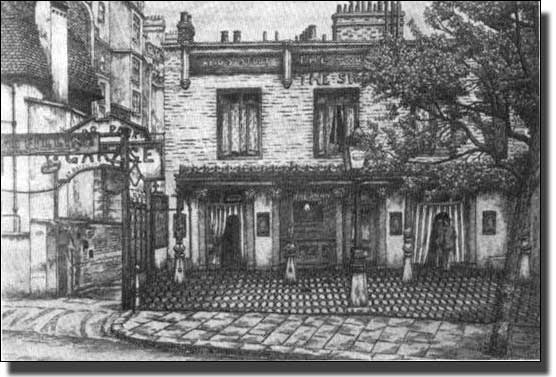The Almshouse Stone
In 1980, an inscribed stone was found lying in the grounds of the then Sarah Siddons School, in North Wharf Road, Paddington. At that time Sarah Siddons was becoming part of North Westminster Community School, and the new Headteacher, Michael Marland, found the stone when looking round the site. The Schoolkeepers had washed it down regularly, but its history was lost. It appeared to have dropped out of the skies.
The stone measured about 4ft 3 ins by 3ft 4 ins and from 2 ins to 3 ins in thickness (1. 28m by 1,02m by 50-80mm). It was elegantly carved with the following inscription:-
These Alms Houses
where (sic) built AD 1714
at the expence (sic) of the
Inhabitants for the
Poor of this Parish
past their labour
Robert Cromwell) Church
George Starkie ) Wardens
Below was a vase carved in bas relief
It turned out that this may be the oldest engraved stone in Paddington, but it had been lost to view. This pamphlet tells the story of the stone and describes a very different Paddington from the one we know today.
Research showed that the Paddington Almshouses were built in 1713-14 on a patch of land on the south side of the Harrow Road, between what became Church Place and Hermitage Street. The site is now on the north-west corner of North Westminster Community School grounds, near Dudley House. The only surviving buildings in Paddington as old as the almshouses are the Black Lion, near Queensway, and the Swan, near Lancaster Gate, both in the Bayswater Road. They have been extensively altered over the years, of course, while the Almshouse had been demolished in 1869. Only the stone and a watercolour seem to remain as a record of this building erected over 250 years ago.
George I succeeded to the throne on 1st August 1714. Therefore this stone, quite coincidentally, marks the opening of the Georgian Period and the development of government by parties, headed by the Prime Minister. Perhaps it was erected in the early part of the year, before Queen Anne died, making it a Queen Anne stone, but this would be to quibble. If it is Georgian, it must be one of the earliest Georgian stones in the world.

The Swan, Bayswater, by Charles Ginner.
1
